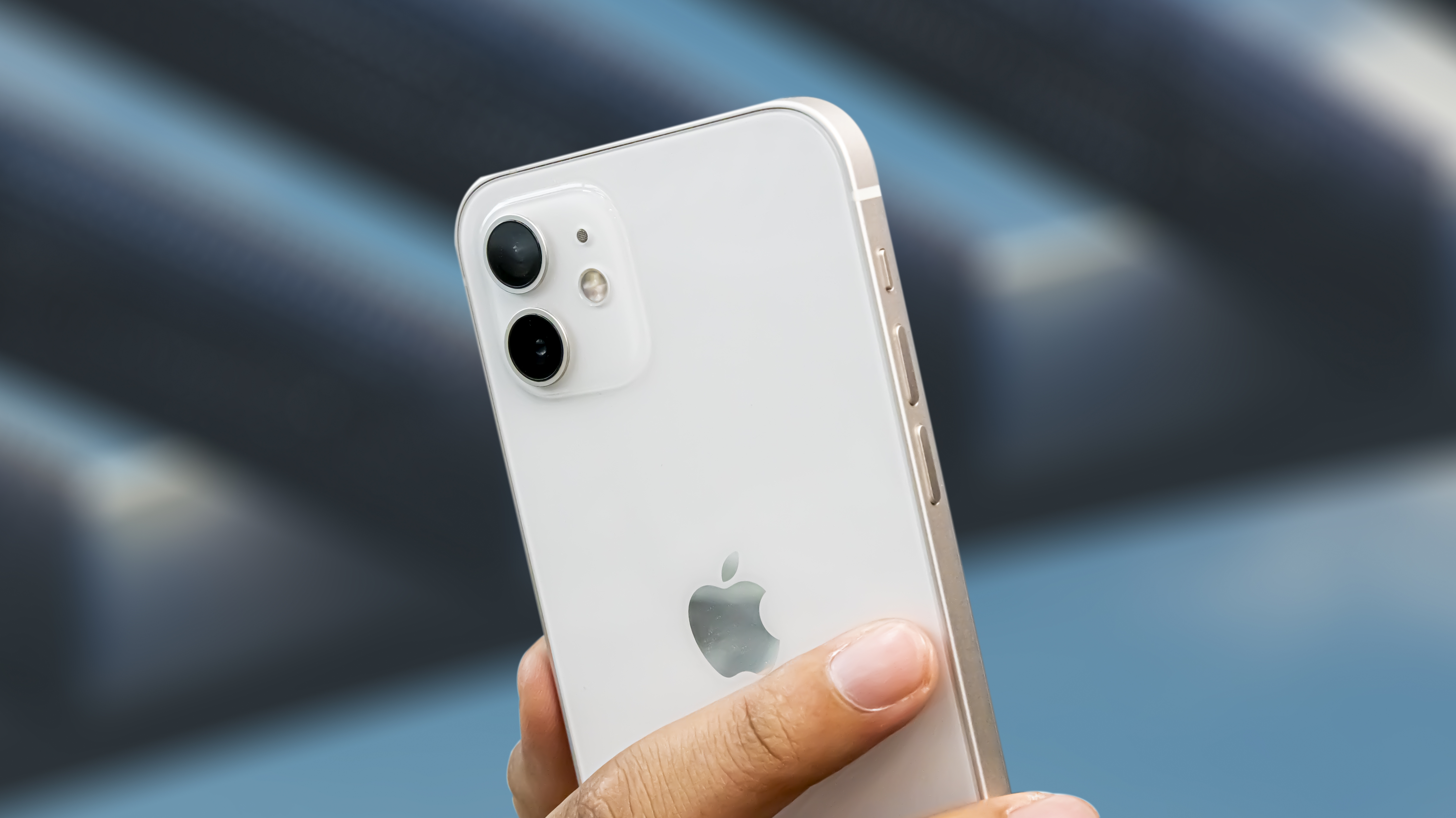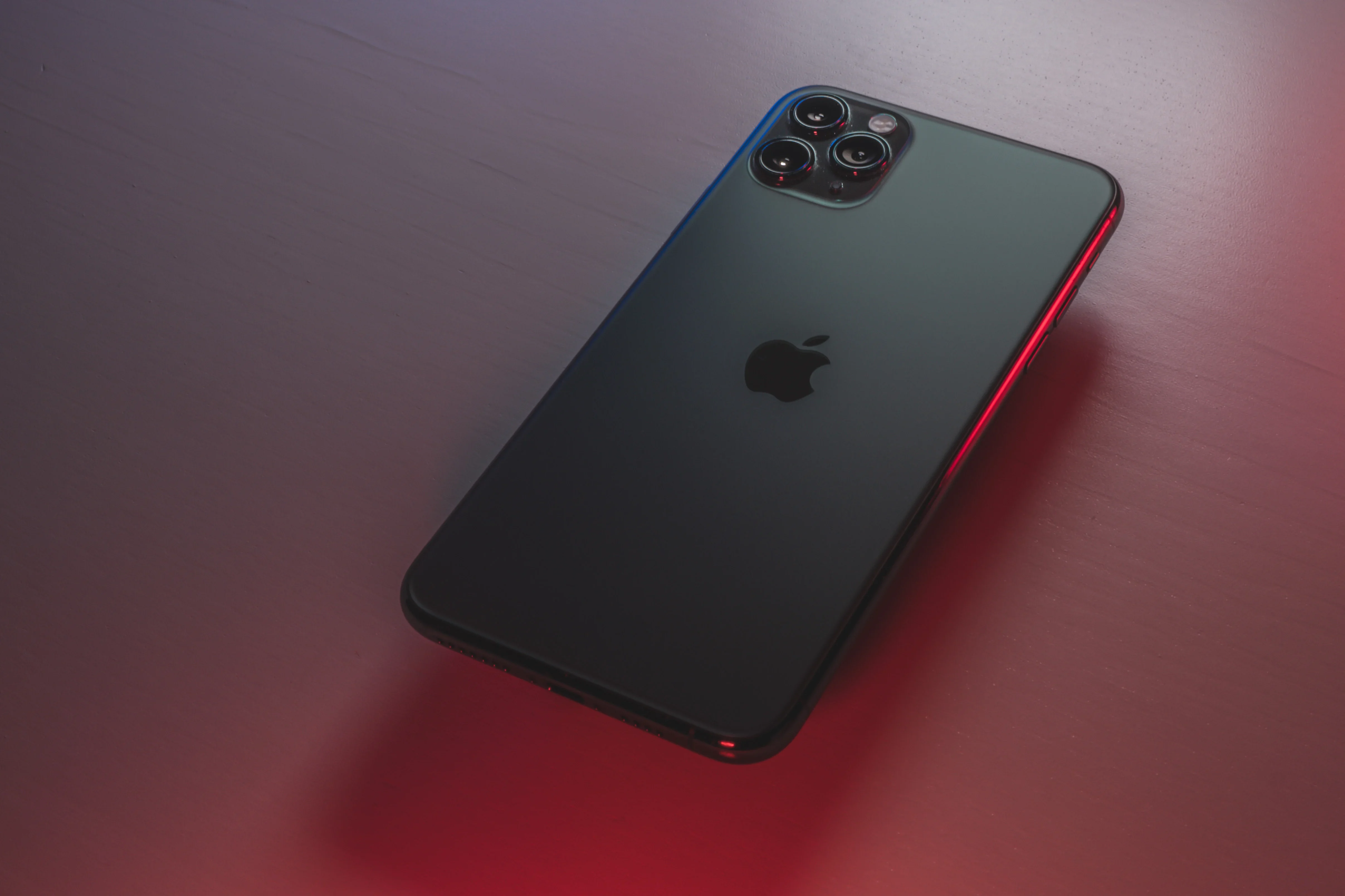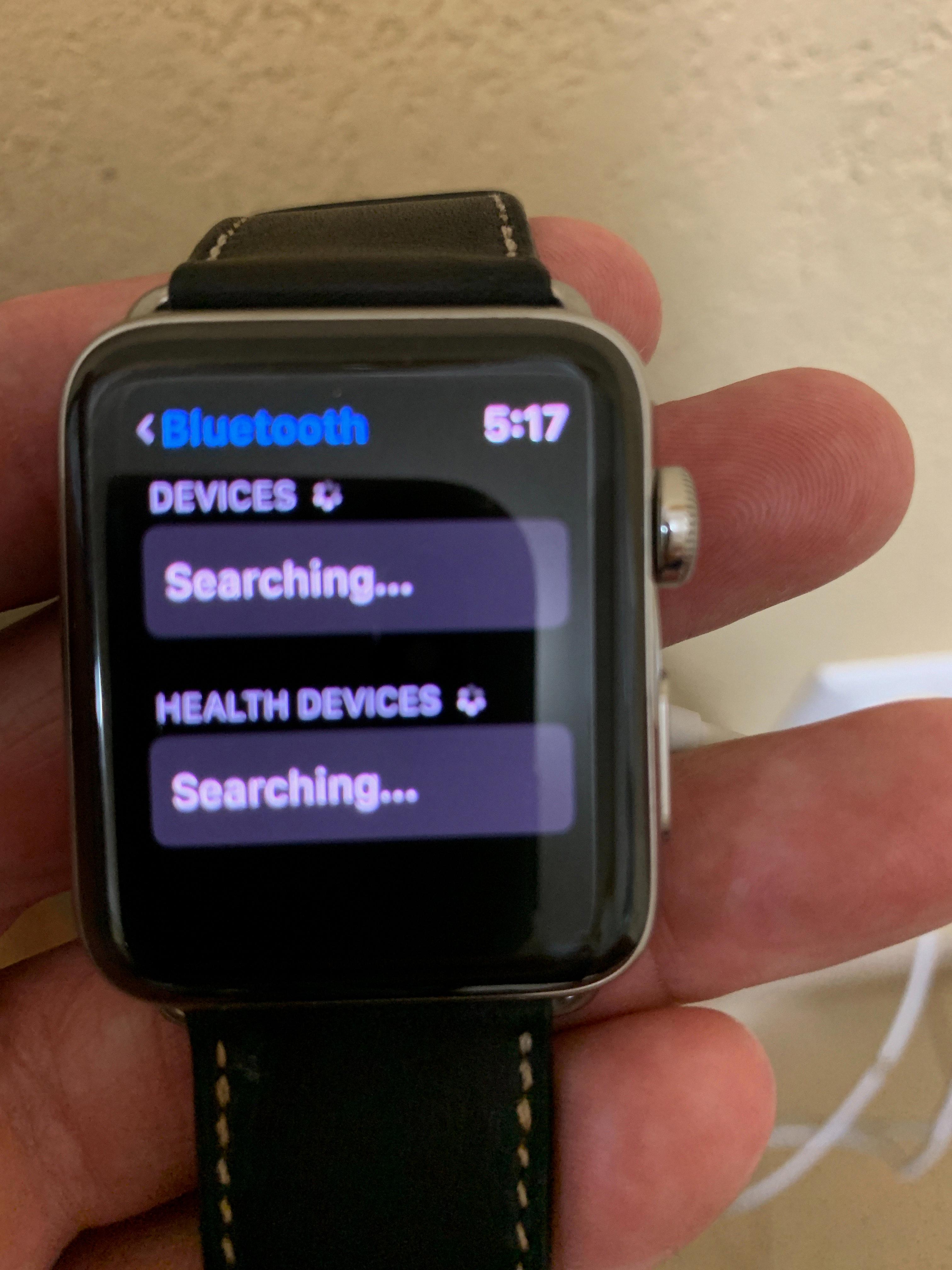IPads have become an essential tool for many people, whether it’s for work, entertainment, or staying connected with friends and family. The latest models come with a range of features and capabilities that make them even more versatile and useful. One of the most important components of an iPad with cellular connectivity is the Subscriber Identity Module (SIM) card.
A SIM card is a small, removable device that is inserted into your iPad (or any other mobile device) to connect it to your mobile carrier’s network. It contains unique information about your account, including your phone number, billing information, and other details. When you activate your iPad with cellular connectivity, you’ll need to insert a SIM card to access your carrier’s network and use data and voice services.
However, not all iPads require a physical SIM card. The iPad Pro (9.7-inch) Wi-Fi + Cellular model comes with an embedded Apple SIM. This means that the SIM card is built right into the iPad, and you don’t need to insert a physical card to connect to your carrier’s network. The iPad Pro 12.9-inch (2nd generation) Wi-Fi + Cellular model and the iPad Pro 10.5-inch Wi-Fi + Cellular model also come with embedded Apple SIMs.
For other iPad models, including the iPad Air 2, iPad mini 3, iPad mini 4, 5th- and 6th-generation base iPads, and the original 12.9-inch iPad Pro, a physical SIM card is required. Your carrier will provide you with a SIM card when you sign up for a cellular plan, and you’ll need to insert it into your device to activate the service.
If you’re looking to use your iPad with cellular connectivity, it’s important to consider whether you need a physical SIM card or an embedded Apple SIM. Check with your carrier to see which option is available for your device and plan. With a SIM card, you’ll be able to connect to your carrier’s network and enjoy all the benefits of having an iPad that can go online anywhere.

Do IPads Come With SIM Cards?
Not all iPads come with SIM cards. Apple offers two types of iPads: Wi-Fi only and Wi-Fi + Cellular. The Wi-Fi-only iPads do not have a slot for a SIM card and cannot connect to a cellular network. On the other hand, the Wi-Fi + Cellular iPads have a SIM card slot and can connect to a cellular network for data and voice services. However, it is important to note that not all cellular-enabled iPads are sold with a SIM card. Some carriers may require you to purchase a SIM card separately or provide one at the time of activation.
Does the Apple iPad Include a SIM Card?
The Apple iPad comes with a SIM card, but it depends on the model you purchase. The Wi-Fi + Cellular models of the iPad come with a SIM card, which allows you to connect to cellular networks and access the internet on the go. However, some iPad models come with an embedded Apple SIM, which is built right into the device. This means that you don’t need to physically insert a SIM card into the iPad to connect to cellular networks. The iPad Pro (9.7-inch) Wi-Fi + Cellular model comes with an embedded Apple SIM, as do the iPad Pro 12.9-inch (2nd generation) Wi-Fi + Cellular model and the iPad Pro 10.5-inch Wi-Fi + Cellular model. It’s important to note that not all iPads come with a SIM card or an embedded Apple SIM, so it’s important to check the specifications of the iPad model you’re interested in before purchasing.
Which IPad Models Include a SIM Card?
Several iPad models come with a SIM card, either embedded or conventional. The following iPads include a conventional SIM card:
1. iPad Air 2
2. iPad mini 3
3. iPad mini 4
4. 5th-generation base iPad
5. 6th-generation base iPad
6. Original 12.9-inch iPad Pro
On the other hand, the following iPad models have an embedded SIM card:
1. 9.7-inch iPad Pro
2. 10.5-inch iPad Pro
3. Second-generation 12.9-inch iPad Pro
It’s worth noting that these SIM cards are used for cellular data connectivity, allowing users to access the internet when they are away from a Wi-Fi network. Users can insert their own SIM cards from a cellular carrier or purchase an iPad with a pre-installed SIM card from the carrier.
Conclusion
IPads have come a long way since their initial release and have revolutionized the way we interact with technology. With a range of models available, each with its own unique features and specifications, there is an iPad to suit every user’s needs. The cellular models offer the added convenience of being able to access the internet and make calls while on the go. The inclusion of SIM cards, both conventional and embedded, ensures seamless connectivity to mobile networks. iPads remain a popular choice for consumers seeking a versatile, portable, and user-friendly device for both personal and professional use.








